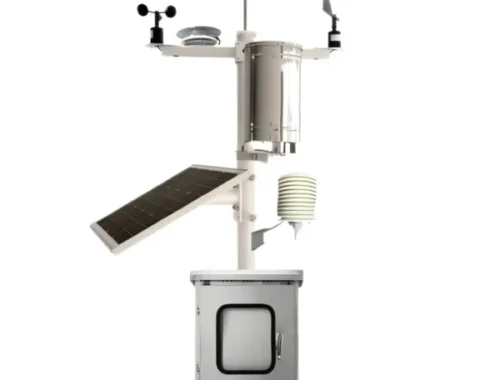Age-group triathlon: does the system need a shake up?
It should therefore retain athletes in triathlon for longer, and create camaraderie and a sense of pride in flying the nation’s flag.
Yet its governance is one of the sport’s most thorny issues, and while occasional gripes are unavoidable, sometimes decisions really raise hackles. Such was the case when British Triathlon decreed that age-group competitors wanting to represent in 2019 must buy the latest kit, going against a ruling from the ITU that previous years’ race uniforms would suffice.
It effectively strong-arms qualifiers into forking out upwards of £120 for a new tri-suit, on top of up to £320 for a standard-distance entry, plus a £20 international race fee and minimum £36 British Triathlon membership. That’s before travel and accommodation.
It’s not simply the extra cost, but the impression that a loyal and captivated audience is being exploited. The flames are further fanned because, unlike when taking part in Ironman, a private company known for its aggressive for-profit stance, athletes feel they’re being screwed over by their national governing body – the organisation that should have their backs.
Discussing age-group racing is divisive. Past columns on this subject have been met with a backlash for decrying the achievements of triathletes who work hard to qualify. On the contrary, I salute any athlete who makes the start line, be it aquathlon, duathlon or triathlon. The supporting personnel for the GB age-group team also regularly receive glowing reviews.


